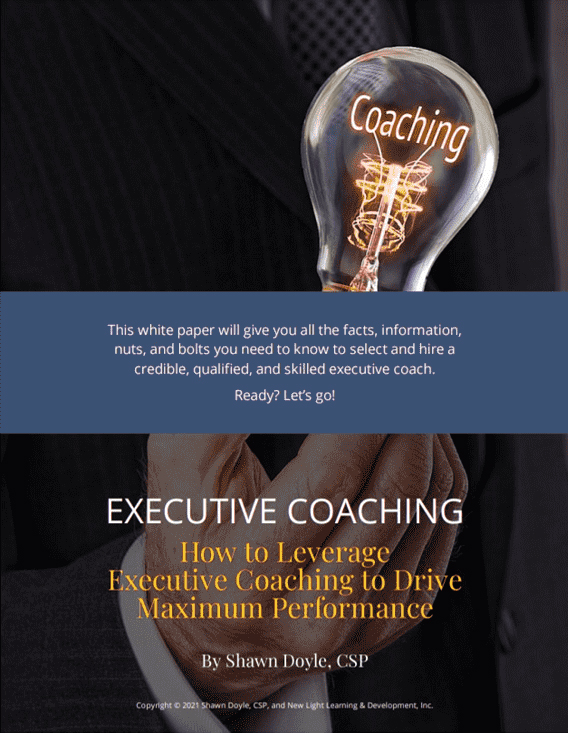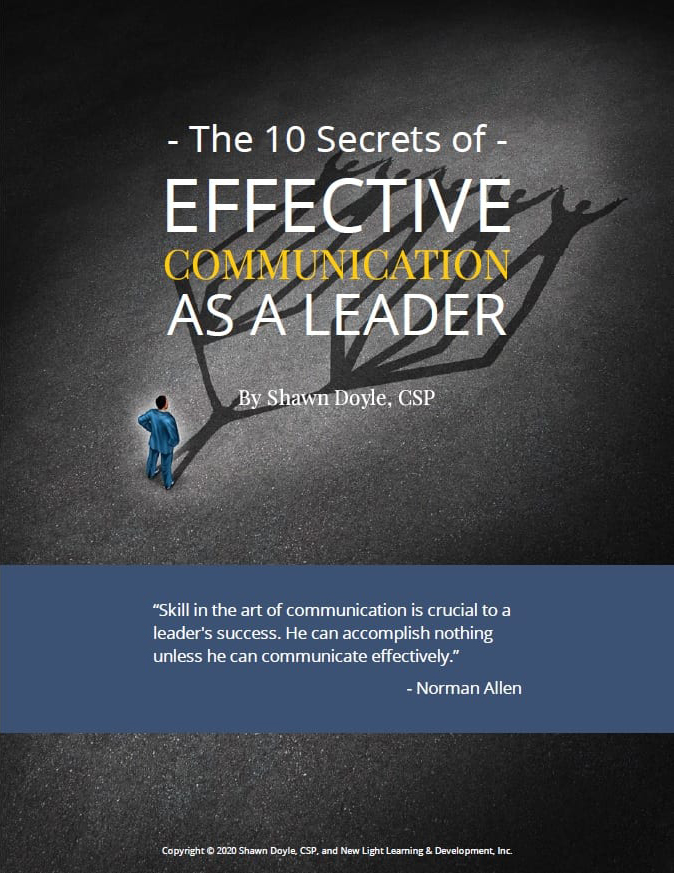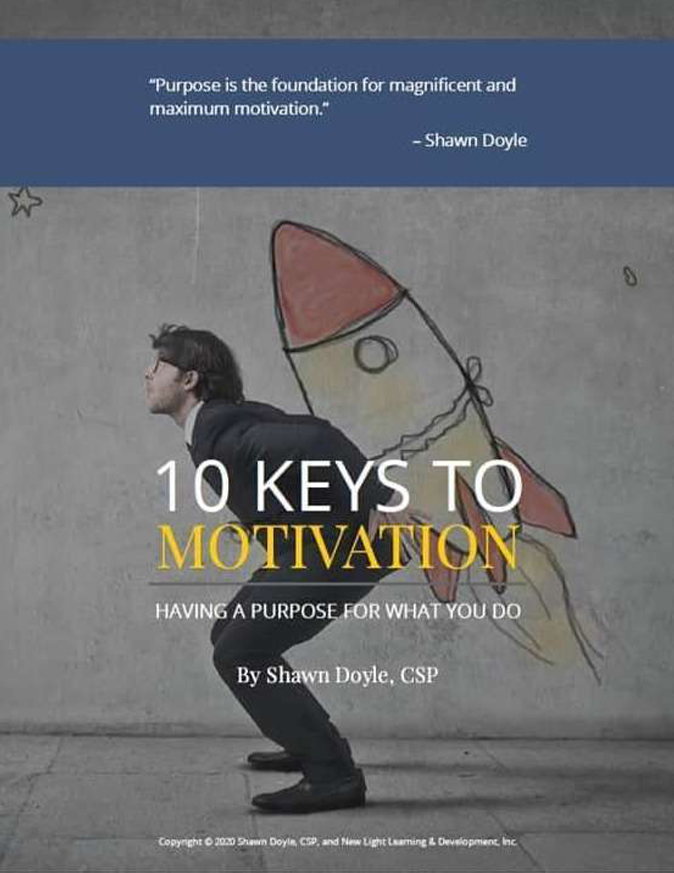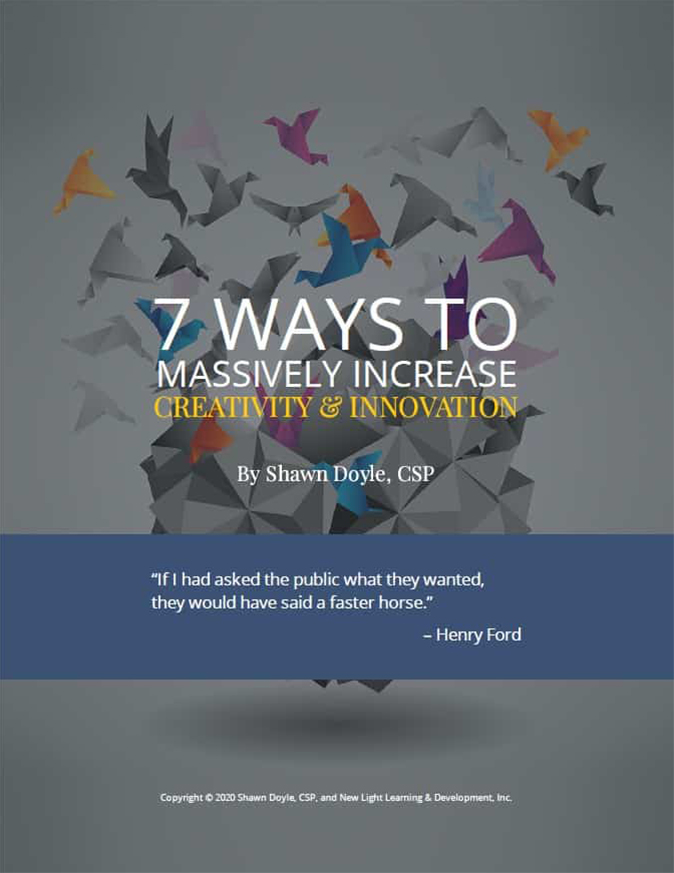Blog

The Best Goal-Setting Activities Begin with Changing Your Thinking
Goal Setting Activities To Help You Gain Control Of Your Life
What the heck happened to you this last year? Time really does fly, doesn’t it? In fact, it’s supersonic. There may have been a lot of things that you didn’t get done.
So how do you leverage your time and make sure you’re using it as effectively as possible this year? You need to put into practice the habit of thinking with the short-term, mid-term, and long-term views in mind.
Short-Term Thinking – The Next 12 Months
What is short term thinking? It’s simply thinking about the next 12 months on a strategic level. For example, you may already have goals and objectives, along with strategies for achieving those goals. Still, that’s only one part of the equation. You need to also have mid-term thinking.
Mid-Term Thinking – 18-24 Months Out
Mid term thinking involves plans and objectives for the next 18-24 months. I travel around the country and work with lots of people. Interestingly enough, 99.9% of these individuals have never thought about having plans and objectives for their next 18-24 months.
Using mid term thinking as a planning and strategy tool will put you way ahead of most. In fact, it will help you to achieve extraordinary results. So, both short and mid term thinking are helpful. However, long term thinking has the most impact. In my opinion, it separates the wheat from the chaff, the good from the great, and makes all of the difference!
Long Term Thinking – The Next 3-5 Years
Long term thinking is having plans and objectives for the next 3-5 years. Three to five years? You probably think I’m joking. I’m not, five years gives you the ability to stretch your thinking and create a strategy around time and resources.
Benefits of Long-Term Goal Setting Activities
Practicing long term thinking has some fantastic benefits:
- It allows you to make better decisions: “Is this aligned with my long term goal?”
- It’s motivating: “Yes, I want to work all these hours, because in five years, I’ll be wealthy.”
- It gives you credibility both professionally and personally: consider this, if someone asks you why you decided to do something, answering, “I don’t know, it seemed like a good idea” probably isn’t going to do much for you. On the other hand, explaining your reason for doing something in this way: “This ties into my long term goal for my division of growing revenue 57% by 2022” sounds a lot better. Do you see the difference?
- It allows you to use resources wisely: “Do I need to buy this? Yes, this investment is going to help me reach my goal of ______.”
Create Your Long Term Goals List
 Take the time to sit down with a piece of paper, a journal, a laptop, or a stone tablet, and define short, mid, and long term goal goals for every area of your life:
Take the time to sit down with a piece of paper, a journal, a laptop, or a stone tablet, and define short, mid, and long term goal goals for every area of your life:
- Professional/Career
- Social
- Financial
- Spiritual
- Family
- Health
- Personal Growth
Here is a list of questions to help guide you through the process:
- Where do you want to be in five years, and why?
- What are the resources which would or could help you get there?
- What barriers stand in your way, and why?
- How can you reduce or eliminate those barriers?
- What do you still need to learn to reach this goal?
- What are your resources for learning?
- If achieved, what impact would this goal have on your life?
- Why is that impact important?
- What actions do you need to take in year 1?
- What actions do you need to take in year 2?
- What actions do you need to take in year 3?
- What actions do you need to take in year 4?
- What actions do you need to take in year 5?
- How much time do you need to commit per month to achieve this goal?
- What other resources do you need (money, people, etc.) in order to achieve this?
If you answer these questions, and have a short, mid, and long term plan for your life, you will be unstoppable!
In five years, you’ll be . . . well, you tell me! I can tell you from experience that people who practice long term thinking are not only remarkable, but remarkably successful.
[Tweet “People who practice long term thinking are not only remarkable, but remarkably successful.”]






